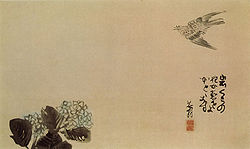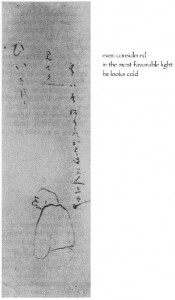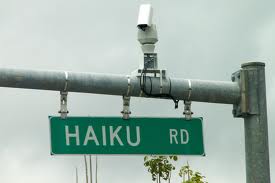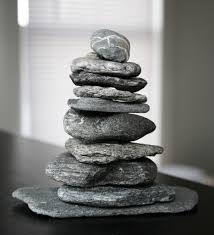
I grew up on haiku. It’s popular in school classrooms now — fast, and relatively easy to teach — but I don’t remember there being a lot of my friends who learned it as children.
My familiarity with it — and subsequent fondness for it — may be due to my father, an inveterate reader and lover of poetry. I inherited his collection of Kipling, Shakespeare (one of my earliest books was a child’s Shakespeare that my father gave me), and other poets.
Then, when I began to study poetry, haiku seemed so (deceptively) easy. Seventeen syllables, 5-7-5, how hard is that?
VERY hard.  To create an evocative image — bridge the gap between writer & reader — in SEVENTEEN SYLLABLES??
To create an evocative image — bridge the gap between writer & reader — in SEVENTEEN SYLLABLES??
Actually, I adore short poems — haiku, tanka, limericks, and recently the lune. The lune is an attempt to make English conform more nearly to the spirit of haiku. It’s a 3-5-3 setup, and also very hard.
Today’s poem is really multi-cultural. It’s a lune — my own — in the haiga tradition. Haiga are drawings (usually by the haiku author) accompanying a haiku. But that makes them seem more independent of each other than they are. Think of graphic novels, how the text & illustration are inseparable. That’s more the way of haiga, I suspect.
They’re a wonderful reminder (for me) of how Buddhism often works in the arts. One not more important than the other; each enhancing the other. And the idea of essence: that you can somehow see/ touch the heart of an object/ feeling with these few words…
My attempt is a contemporary riff: a lune w/ a photo. Let me know what you think.

lune for Pascal ~
the dog barks
hungry for my hands
heart hungry

